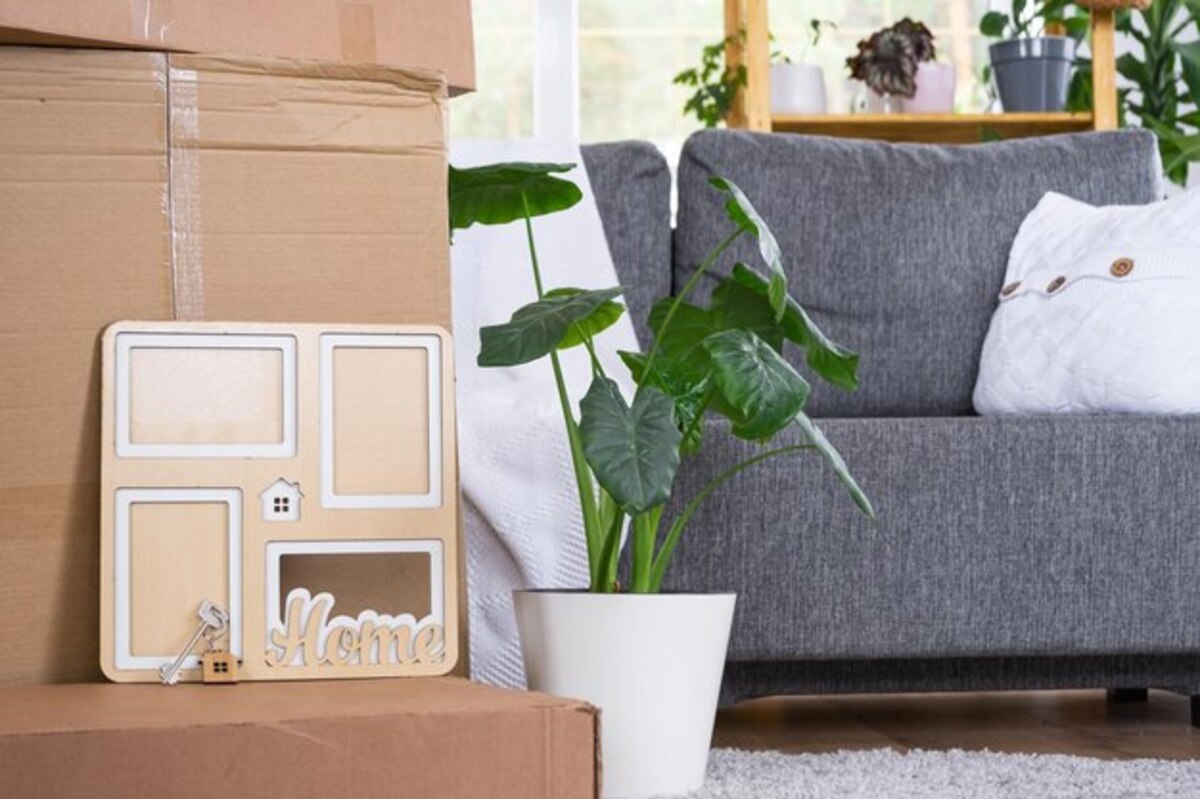Strategies for creating a happy home from the moment of moving in

Creating a happy home from the moment of moving in is essential for establishing a welcoming and harmonious space. The transition to a new house can be overwhelming, but with the right strategies, you can turn it into an exciting and positive experience. In this article, you will discover how to transform every corner of your new home into a sanctuary of happiness and well-being, ensuring that both you and your family feel comfortable from day one. Get ready to build unforgettable memories!
1. Advance planning: The key to a successful move
Advance planning is an essential element for ensuring a successful and smooth move. Starting early allows you to organize each stage of the process, from choosing boxes to hiring moving services. By creating a detailed task list and establishing a timeline, you can break the work into manageable parts, which reduces stress and gives you a sense of control. Additionally, being clear about what you need to take with you and what you can leave behind will facilitate decision-making, allowing you to focus on what really matters: making your new home a special place.
Additionally, planning ahead is not only limited to logistical aspects; it also includes thinking about how you want your new space to be. Research the ideal layout for your furniture and consider the colors and decorations that will resonate with your personal style. This not only streamlines the installation process when you arrive at your new house but also helps you visualize how you want each room to feel. By doing this, you will be laying the groundwork for a welcoming environment from day one, allowing both you and your family to start creating happy memories in your new home from the moment you walk through the door.
2. Create a cozy atmosphere: Decoration that reflects your personality
Creating a cozy atmosphere is essential for your new house to feel like a true home. Decoration plays a fundamental role in this process, as it can reflect your personality and unique style. When choosing colors, furniture, and accessories, think about what makes you feel comfortable and happy. Opt for color palettes that inspire you, such as warm or soft tones, and try to incorporate elements that tell your personal story: family photographs, works of art, or travel souvenirs. These personal touches not only beautify the space but also evoke positive emotions every time you enter the room.
Also, consider the functionality of your spaces when decorating them. A cozy environment should not only be visually appealing but also practical for your daily needs. Think about how you use each area of your home; choose furniture that is comfortable and versatile. Adding soft textiles like cushions, throws, and rugs can work wonders in creating a warm and relaxing atmosphere. Don't forget to include natural plants; their presence not only purifies the air but also brings life and freshness to any corner. With these small but meaningful details, you can transform your new home into a haven where you and your loved ones feel truly happy from day one.
3. Effective organization: Strategies for unpacking without stress
Unpacking can become a monumental task if not approached with a plan. To achieve effective organization, start by sorting your belongings before the move. Label the boxes according to the room they belong to and the type of items they contain. This will not only make the unpacking process easier but also help you quickly identify what you have and what you really need in your new home. Upon arrival, prioritize the most used spaces first, such as the kitchen and bedroom, to ensure you can settle in comfortably from the start.
Once you've decided what to unpack first, create a realistic schedule. Setting daily or weekly goals can make the process less overwhelming and more manageable. Dedicate time each day to unpack a few boxes and organize each area as you go. Don't forget to involve the whole family; this will not only make the work lighter but also allow everyone to participate in creating the new home. Remember to take breaks when needed and celebrate the small achievements to maintain a positive attitude during this exciting transition.
4. Involve the family: Make the move a joint activity.
Involving the whole family in the moving process is a key strategy to foster a sense of unity and belonging from day one in the new home. Assigning roles and responsibilities to each member not only lightens the workload but also allows everyone to feel like an active part of this transition. Children, for example, can take charge of labeling boxes or choosing the decoration for their room, while adults can coordinate logistical aspects. In this way, each person feels valued and contributes their personal touch to the new house, which helps create a more welcoming environment.
Additionally, making the move a joint activity can transform it into a fun and unforgettable experience. Organizing games or small competitions during the process can alleviate the stress associated with moving and foster positive family interactions. For example, you could turn unpacking into a family challenge where creative ideas for organizing each space are rewarded. These activities not only make the work lighter but also create shared memories that will strengthen family bonds and help everyone adapt more quickly to the new environment. With these inclusive dynamics, you will be taking a big step towards a happy and harmonious home from the start.
5. Establish routines from day one: Create emotional stability
Establishing routines from day one is one of the keys to creating an emotionally stable and happy home. Routines provide a sense of security and predictability, especially during times of change like a move. By setting schedules for daily activities, such as meals, playtime, or family time, household members can adapt more easily to the new environment. This not only helps everyone feel more comfortable, but also fosters connection and mutual support during the adaptation process. Additionally, incorporating simple rituals into daily routines can enhance the sense of belonging and happiness. From preparing breakfast together to designating one day a week for game or movie nights, these shared moments create valuable memories that strengthen family bonds. As each member becomes familiar with their new home, these everyday practices will help solidify a positive environment where everyone can thrive, contributing to the overall emotional well-being of the household.
Establishing these routines not only benefits adults; children also thrive with clear structures. Consistency provides them with an emotional anchor and allows them to explore their new space with confidence. Involving the little ones in creating these routines can be a great way to make them feel like an active part of the change and assure them that their voice is important. Over time, these practices will become traditions that will further enrich the family experience in their new home, thus solidifying an environment filled with love and happiness from day one.
6. Explore the neighborhood: Foster social connections from the start
Exploring the neighborhood is one of the keys to fostering social connections from the beginning of your new life in a home. By going out for a walk in your area, you can discover parks, cafes, and local shops that will become part of your daily routine. Interacting with your new neighbors, whether by greeting them at the door or participating in community activities, can help establish important bonds. These relationships not only enrich your social life but can also provide a sense of belonging and emotional support as you adapt to your new environment. In addition, participating in community events, such as fairs, markets, or neighborhood meetings, gives you the opportunity to meet other residents and share experiences. Don't underestimate the power of a casual conversation; lasting friendships often arise from these simple encounters. Fostering these types of connections from the start will not only make you feel more integrated into your neighborhood but will also contribute to creating a warmer and friendlier atmosphere in your new home. The community can become a natural extension of the space you call home.
7. Personalize spaces: How to make every room count
Personalizing each room in your home is an effective way to ensure that each space reflects your personality and lifestyle. Start by identifying the functions you want each room to serve; for example, the living room can be a place to relax, while the kitchen should invite family moments. Use colors, textures, and decorations that resonate with you. If you love nature, consider adding plants or natural elements, while if you prefer a more modern style, opt for clean lines and a neutral color palette. Every detail matters to make everyone feel that this is their place within the home.
Don't underestimate the power of memories in personalizing your spaces. Incorporating family photographs, artwork, or travel souvenirs can infuse warmth and character into each room. Create special corners, such as a bookshelf with favorite books or a reading nook with your favorite chair. By involving all family members in this creative process, you not only personalize the home but also foster a sense of belonging and connection among everyone. Remember that at the end of the day, what matters is building an environment where everyone feels happy and welcome.



